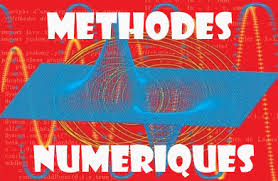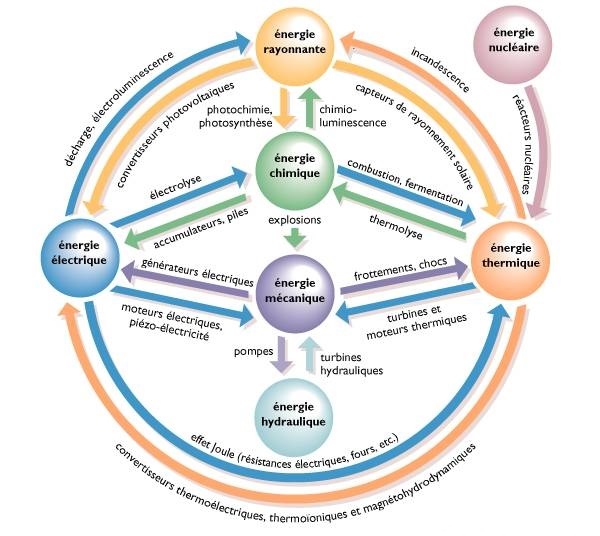
This summary covers the main numerical methods studied in the following chapters:
Chapter 1: Solving Nonlinear Equations f(X) = 0
1. Bisection Method: A method to find a root of an equation by dividing the search interval into two equal parts and selecting the interval containing the root.
2. Fixed-Point Method: A method to find a root of an equation by transforming the equation into an equivalent form ( X = g(X)) and iterating the function ( g ) from an initial guess ( X_0 ) until convergence to the root.
3. Newton-Raphson Method: A method to find a root of an equation using the tangent approximation of the function ( f ) at ( X0) and iterating toward the root.
Chapter 2: Polynomial Interpolation
1. Lagrange Method: A method to interpolate a function using a polynomial of degree ( n ) that passes through ( n+1 ) points.
2. Divided Differences Method (Newton's Polynomial): A method to interpolate a function using a polynomial of degree ( n ) that passes through ( n+1 ) points, with coefficients calculated using divided differences.
Chapter 3: Numerical Integration
1. Trapezoidal Rule: A method to compute the integral of a function by approximating the area under the curve using trapezoids between interval points.
2. Simpson's Rule: A method to compute the integral of a function by approximating the curve with a second-degree polynomial.
Chapter 4: Solving Differential Equations
1. Euler's Method: A method to solve ordinary differential equations by approximating the solution with straight-line segments.
2. Modified Euler's Method: A method to solve ordinary differential equations using an improved approximation of the average slope.
3. Runge-Kutta Method (2nd Order): A method to solve ordinary differential equations using a weighted average slope approximation.
4. Runge-Kutta Method (4th Order): A method to solve ordinary differential equations using a more accurate weighted average slope approximation with four steps.
Chapter 5: Direct Methods for Solving Systems of Linear Equations
1. Gaussian Elimination: A method to solve systems of linear equations by transforming the system into an upper triangular form using elementary row operations.
2. Gauss-Jordan Elimination: A method to solve systems of linear equations by transforming the system into reduced row echelon form using elementary row operations.
3. Tri-diagonal Matrices (Thomas Algorithm): A method to solve tridiagonal systems of linear equations using forward and backward substitution.
- Pr.: mourad hamimid

Passer en revue les différents types de convertisseurs d’énergie et en particulier les systèmes de conversion d’énergie électromécaniques.
- Teacher: merwan saadsaoud
- Teacher: abdelhalim kessal
Cet enseignement vise à développer les compétences de l’étudiant, sur le plan personnel ou professionnel, dans le domaine de la communication et des techniques d’expression.
- Teacher: idhir nezzari
TP
- Teacher: asma ammarboudjellal
Consolider les connaissances acquises pendant le cours de la matière "Logique Combinatoire et Séquentielle" par des travaux pratiques pour mieux comprendre et assimiler le contenu de cette matière
- Teacher: asma talbi
Les Travaux Pratiques Méthode Numérique sont destinés aux étudiants de deuxième Année Licence Electromécanique. Ils regroupent un certain nombre de méthodes étudiées dans les différents chapitres du cours de méthodes numériques.
L’objectif de ces TP est d’implémenter ou programmer sous MATLAB les différentes méthodes d'approximation.
- Teacher: abdelaziz diaf
- Teacher: saadi sekhara
